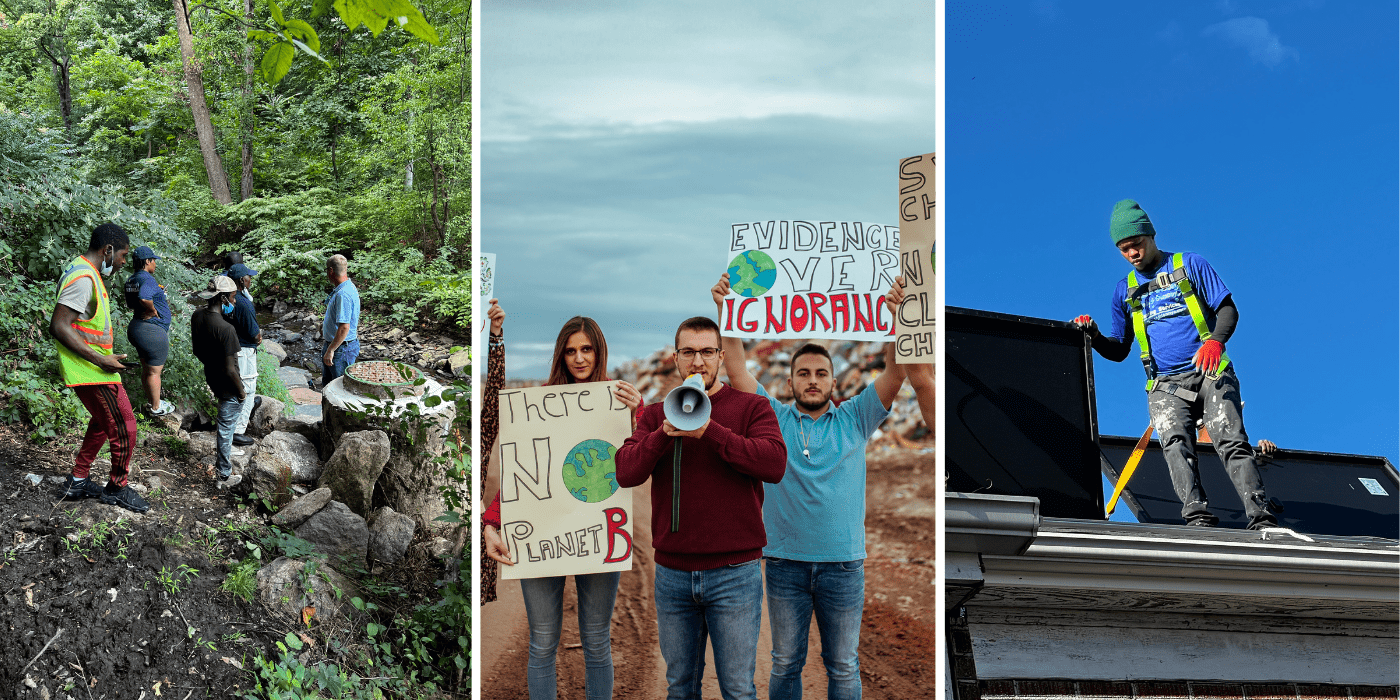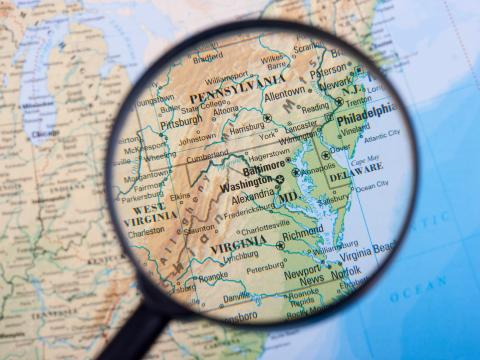
Mid-Atlantic Climate Action Hub (MATCH)
MATCH Mini-Grant Awardees
Washington D.C.
- Breathe DC, https://breathedc.org/
- My Seniors’ Keeper Foundation, My Seniors Keeper Foundation, Inc. (mskdc.org)
- The Green Scheme, www.greenscheme.org
Delaware
- Delaware Interfaith Power & Light, Rehoboth Beach, https://www.delawareipl.org/
- Community Housing and Empowerment Connections Inc., Bear/New Castle County, https://www.chec4.org
Maryland
- Baltimore Green Justice Workers Cooperative, Baltimore, http://www.greenjusticeworkers.org
- Baltimore Star Project, Baltimore, Fusion Partnership - Baltimore Star Project (fusiongroup.org)
- Clean Air Baltimore Coalition, Baltimore, https://www.cleanairbmore.org
- GeN’xt Ministries Inc., Baltimore, https://genxtministries.org
- Rise to Thrive, Hyattsville, https://www.risingtothrive.org/
- Maryland Justice Project, Baltimore, https://www.facebook.com/Maryland.Justice
New Jersey
- Camden for Clean Air, Camden, https://www.camdenforcleanair.org
- Essex and Union County Marching Cougars, Newark, https://www.facebook.com/EUCMarchingBand/
Pennsylvania
- Chester Residents Concerned for Quality Living, Chester, https://chesterpaej.org/
- Fair Amount Food Forest, Philadelphia, https://www.fairamountfoodforest.org
- Cobbs Creek Community Environmental Education Center, Philadelphia, https://ccceecinc.org
- Delco Environmental Justice, Chester, http://www.delcoej.org
Virginia
- Southside ReLeaf, Richmond, https://southsidereleaf.org
- Division Street Landscaping, Chester, Alex Smith, Founder, Division Street Landscaping - Nature Sacred
- Pughsville Civic League Community, Suffolk, Pughsville Civic League | Facebook
Washington D.C.
- NAACP DC Environmental Climate Justice Committee
- Sovereign EarthWorks
Delaware
- Latino Initiative on Restorative Justice
Maryland
- Town of Colmar Manor
- Environmental Justice Journalism Institute
- Casa de Restauracio’n Hispano Cristiana
New Jersey
- Parents Engaging Parents
Pennsylvania
- Urban Tree Connection/Neighborhood Land Power Project
- The Garden Godfather, Inc.
Virginia
- Little Bluestem Collective
Engaging Differentially Exposed Populations and Underserved Communities
Communities of color and low-wealth populations in the Mid-Atlantic region (Delaware, Maryland, DC, Virginia, Pennsylvania, New Jersey) face numerous social, health, and economic challenges due to historic and contemporary structural racism in the form of redlining and segregation. This racism including, environmental racism, has contributed to the disproportionate burden of traffic-related air pollution (TRAP), goods movement, brownfields, urban heat islands, landfills, incinerators, power plants, and stormwater runoff in communities of color throughout the Mid-Atlantic region. This differential burden of environmental hazards and locally unwanted land uses (LULUs) leads to exposure, risk and health disparities for residents who live in frontline/fenceline communities in the region.
For example, in Washington, DC we have observed higher levels of air pollution and related disparities in Wards 7 and 8 (greater proportion of people of color) compared to other wards. Baltimore, a majority Black city, has more heat-related morbidity deaths between 2012-2018 than any other city in Maryland. A 2017 study in Delaware found burden and exposure disparities for communities of color in North Delaware and our research has found disparities in the burden of industrial chicken farming in Southern Delaware. Major disparities in air pollution, heat, and health have been found in cities throughout Virginia including Richmond. New Jersey has more Superfund sites than any other state in the country with cities like Newark and Camden suffering from years of industrial development, environmental pollution, and disinvestment.

